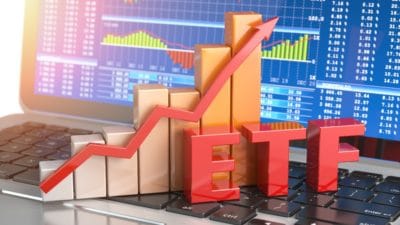A few months back, Vermilion Energy (TSX:VET) stock was an investor’s darling as it doubled last year. However, it did not take long to lose steam. Vermilion was even faster to fall, falling from close to $40 to $19 levels in six-odd months. It has lost 10% in the last 12 months, while peer TSX energy stocks have gained 25% in the same period.
Vermilion Energy stock and windfall taxes
Vermilion is disproportionately affected more than peers of late, mainly because of the windfall taxes in Europe. Unlike peers, Vermilion has international assets that contribute more than half of its total free cash flows. Almost one-third of its production comes from Europe, and thus, those profits are exposed to surplus taxes. So, Vermilion might not see profits as it once expected to for the next few years.
Apart from the surplus tax issues, falling natural gas prices have also weighed on its growth prospects. Almost 50% of its total production is gas-weighted. To add to the woes, natural gas prices in Europe have dropped by around 85% since last September. So, the key growth trigger for Vermilion – its European gas assets – will not be as beneficial this year.
However, things are not that off-putting for Vermilion right now. Despite lower prices and windfall taxes, it is expected to see free cash flows of over $3 billion between 2022 and 2024. That’s still attractive growth and enough to finance its capital projects and shareholder returns.
Financial growth and leverage levels
In the last 12 months, Vermilion reported free cash flows of $507 million, indicating impressive 54% growth compared to 2021. It will release Q4 2022 earnings early next month. Those numbers are expected to witness the impact of the windfall taxes. Investors will get more clarity on how it will impact Vermilion’s financials in the next few years. Moreover, how the company’s net debt has changed in the latest quarter will also be important to watch.
Like peers, Vermilion has chosen to repay debt as a preferred choice to utilize its free cash flows. Its net debt has declined from over $2 billion in 2020 to $1.4 billion in Q3 2022. These repayments have notably strengthened its balance sheet, and it has achieved its lowest leverage levels in the last 10 years.
Note that Vermilion’s leverage levels are still somewhat higher than the industry average. To be precise, the Canadian industry average net debt-to-EBITDA ratio has fallen below 0.5x since the end of Q3 2022. Vermilion’s is around 0.7x. Net debt-to-EBITDA (earnings before interest, tax, depreciation, and amortization) indicates how many years a company would take to repay its debt using EBITDA.
Valuation and conclusion
Undoubtedly, VET stock is one of the cheapest stocks in the TSX energy space. It is currently trading at a 2023 free cash flow yield of 32%, more than double the industry average. Plus, it is trading four times its 2023 earnings, suggesting massive undervaluation.
Notably, it is the uncertainty regarding higher windfall taxes that’s keeping VET stock subdued. Depressed natural gas prices are another reason. However, currently oversupplied gas markets and lower demand due to warmer weather might not last into later this year. As more Russian gas goes off the market and lower gas prices fuel higher demand, the equation could change in the second half of 2023.
Meanwhile, VET stock is an attractive buy due to its discounted valuation. Though $40 seems like a steep target for it right now, it looks well placed to outperform peers for the next 12–18 months.






